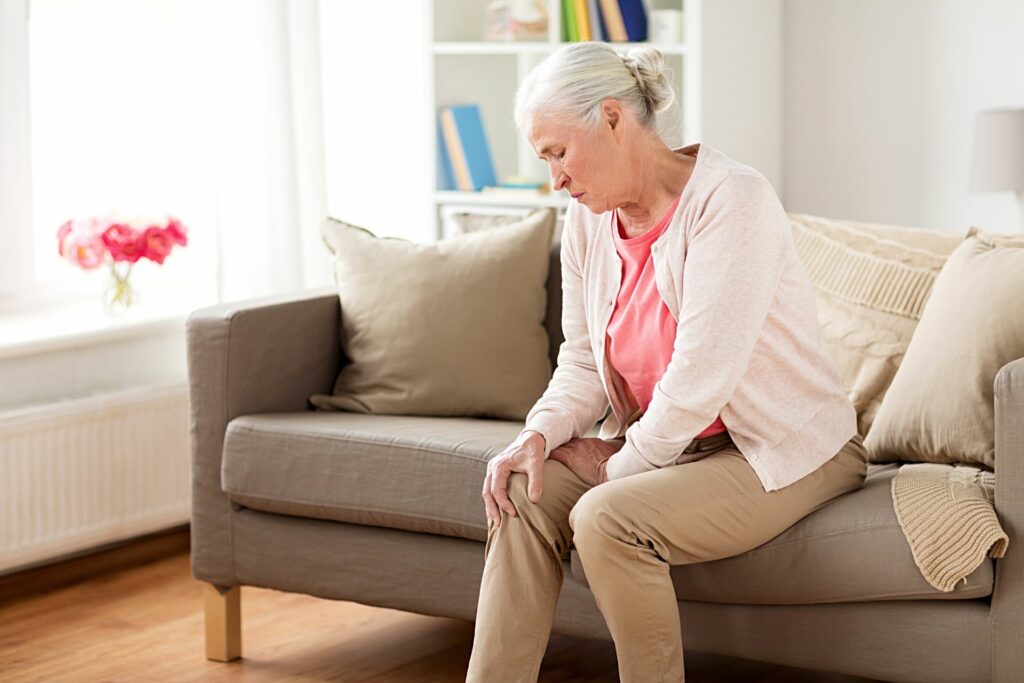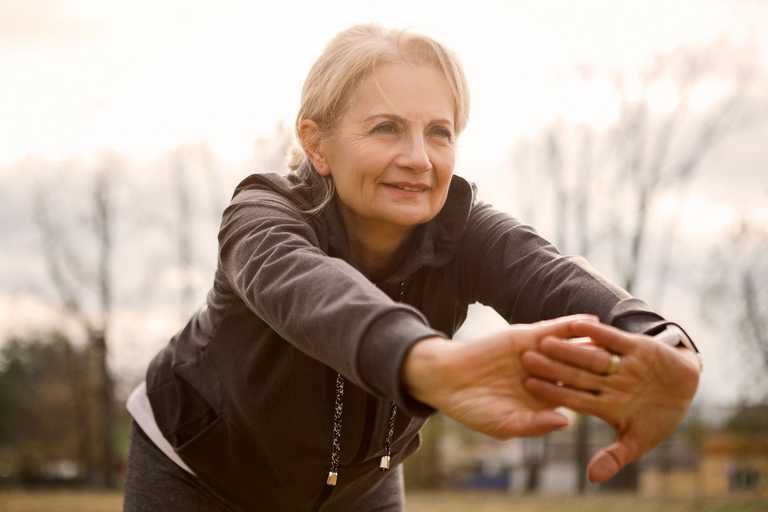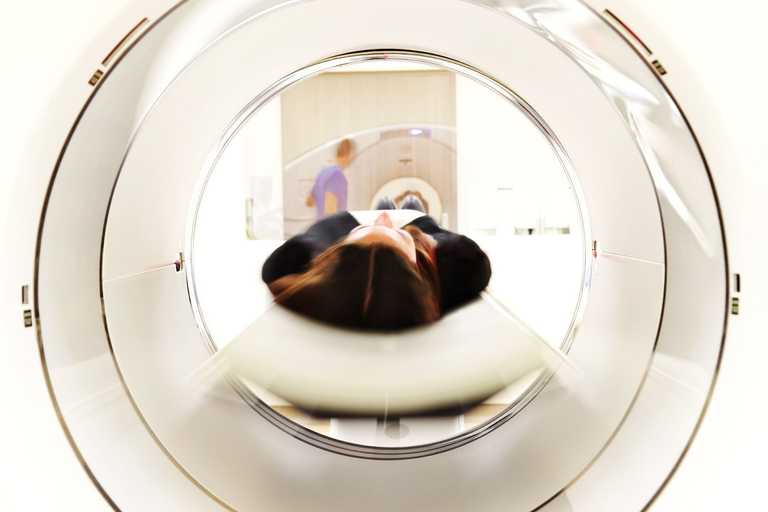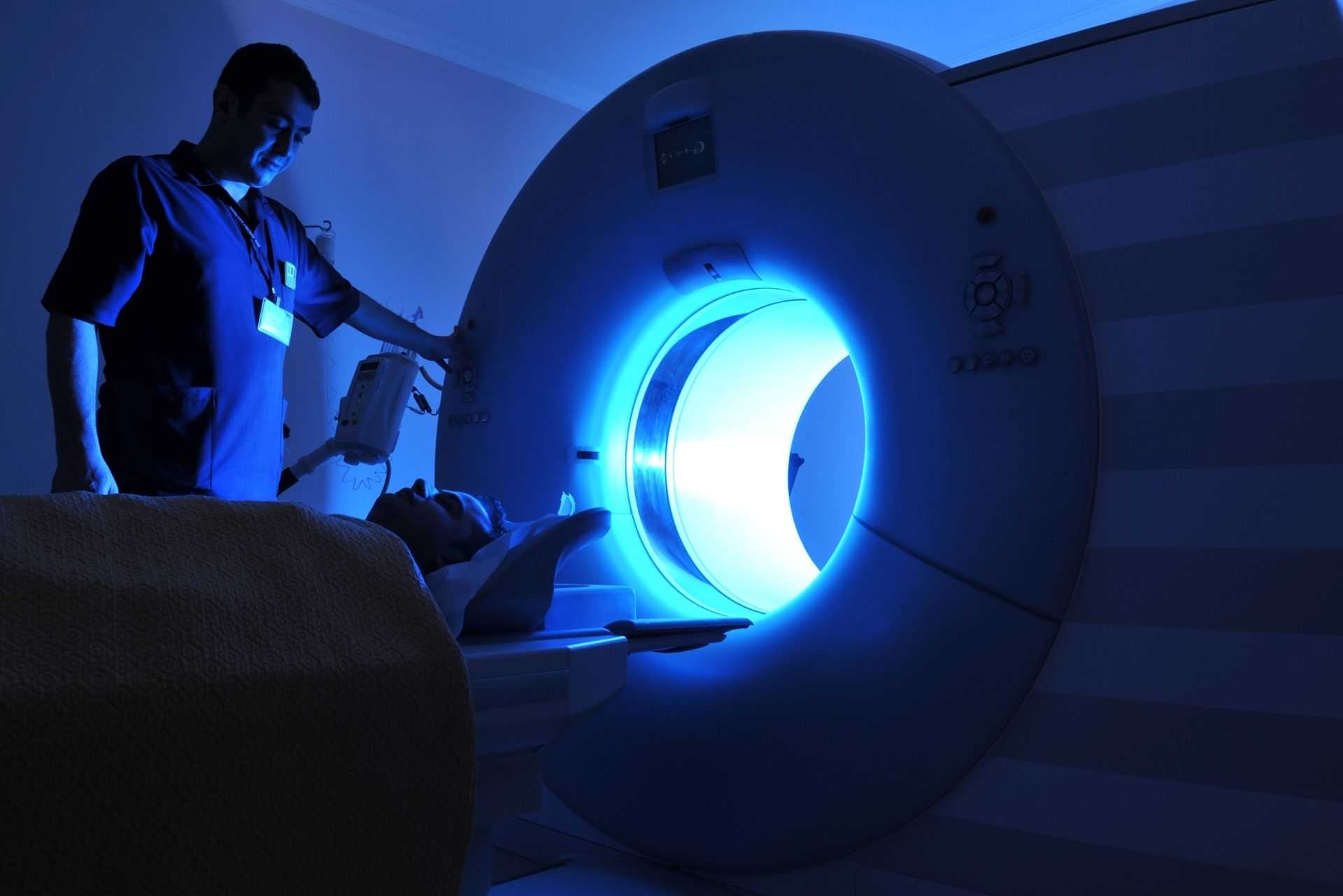
Pain management
Minimising the impact of chronic (persistent) pain on your day-to-day life is obviously paramount for your gen...

As we grow older, it’s not uncommon to experience problems with certain parts of the body, simply because of natural wear and tear. It’s estimated that around one in five adults over the age of 45 suffer from arthritis of the knee.
Living with long-term, chronic arthritic pain can be very challenging but there are some things you can do to manage the condition. Here, the team at Prime Health take a look at arthritis of the knee more closely and consider how you can reduce its impact on your life.
Knee arthritis occurs when the natural cushioning or cartilage that protects the joint begins to wear away. This can happen in just one knee joint or in both.
The knee is the most common part of the body likely to develop osteoarthritis, which is the most common type of arthritis and usually occurs as we grow older. A traumatic injury or stress can also cause arthritis in the knee joint.
The condition causes pain and reduction in movement that may worsen over time. The damage caused is irreversible but there are non-surgical as well as surgical approaches that can be taken to improve the health of the joint.
There are simple things you can do to manage arthritis of the knee joint – it’s important to keep the joint moving and to focus on maintaining a healthy weight and applying remedies such as hot and cold compresses.
In some circumstances, for example, if you have bone spurs, orthopaedic surgeons will perform an arthroscopy on the knee and remove damaged tissues. A total or partial knee replacement with a plastic or metal prosthetic is also an option.
The knee joint lies between the upper femur bone and the lower tibia. It comprises a cushion of cartilage that is surrounded by a synovial membrane. Over time, this natural cushion gets worn down and that can eventually mean the bones begin to rub against each other causing pain.
We also sometimes see arthritis in the knee joint following a traumatic injury. It can be caused by repetitive stress injuries – runners often have issues with their knee joints in later life caused in part by the constant impact on hard roads and ground. Some people develop rheumatoid arthritis of the knee – this is an immune system disorder where the immune cells attack the membrane and cause cartilage damage.
The main symptom is pain in the knee which can be accompanied by swelling. The knee and surrounding area may feel warm when touched. Patients can experience other symptoms such as stiffness and loss of mobility, especially in the morning when first getting up.
If you are experiencing discomfort or pain in your knee, visit your GP and explain your symptoms. A GP will do a physical examination, checking your joints for any swelling and assessing how easily they move. Your GP may refer you for diagnostic imaging scans such as MRI, ultrasound, or x-ray to help aid diagnosis.
There are a range of different treatment approaches that may be used if you have been diagnosed with knee arthritis. Many of these revolve around the right type of exercise that helps keep the joint as mobile as possible.
Over-the-counter medications can be used to assist with pain relief and doctors will normally advise that you avoid things like excessive drinking or smoking. Alternative therapies such as acupuncture may help some patients.
Your GP may refer you for ultrasound guided steroid injections, which can help reduce inflammation in the knee and provide significant pain relief to swollen and painful joints.
Surgery is generally a last resort but can be used to clean out damaged cartilage or for realigning the bone. Knee joint replacement surgery or arthroplasty where a new, plastic or metal joint is inserted is usually only done over the age of 50 and when the patient has severe knee osteoarthritis.

The most common factor for developing chronic knee joint pain is ageing. Here, cartilage damage has developed over years and is irreversible. In many cases, it’s a matter of managing the pain and stiffness rather than having a medical procedure such as surgery.
It’s important to learn all you can about the condition you have and what you need to do to manage it over time. As you grow older, osteoarthritis may well get worse but there are simple steps you can take once it has been diagnosed to improve the condition and avoid greater cartilage damage.
Gentle exercise can help improve the mobility of your joints and you should try to do this every day. Walking and simple mobility exercises can also help reduce pain. Swimming is another good low-impact aerobic exercise that should help. It’s important to find something that works for you and that you can easily do at home.
If you are carrying extra weight, of course, it can put stress on your knee joints and cause more pain. Doctors will generally advise you to maintain a normal weight and eat a healthy diet.
Foods that can improve joints include fatty fish, olive oil, dark leafy greens and garlic. Some foods can make things worse, however, and these include sugary sweets and dairy. Alcohol may reduce the perception of pain initially but can make things worse in the longer term.
For days when your arthritis of the knee seems worse, you could invest in a knee sleeve or brace. It can provide a little compression and warmth that can reduce pain. Hot and cold compresses can also assist in taking knee swelling down.
According to most research, smokers are likely to experience more severe pain in the knee joint and are twice as likely to suffer greater cartilage damage. Smoking is also a risk factor for developing rheumatoid arthritis.
Above all, if you suffer from chronic knee pain, it’s important to understand your limits. Overdoing the exercise, for example, can make the damage worse. It’s essential to see your doctor if you think you have knee osteoarthritis – as with most musculoskeletal and skin diseases, the earlier you get diagnosed the better the outcome usually is.
Building the muscles around your joints should improve a condition such as chronic knee osteoarthritis. The following three exercises are designed to be low-impact.
1. The first exercise you should do regularly is the mini-squat. Hold onto the back of a chair and gently lower your bottom slightly towards the floor. Then raise up. Repeat it slowly, ten times.
2. Sit in a chair and place a resistance band around both ankles. Gently raise the right leg, straightening at the knee and pulling on the resistant band. Bring it down slowly and then repeat with the other leg. Repeat this ten times for each leg.
3. Stand holding the back of a chair again. Keeping your leg straight, stand on your tip-toes. Move your right leg back while sliding your toes along the floor. Return to the starting position. Repeat about ten times with each leg.
Strengthening your muscles provides more support for the knee and can help improve mobility and reduce pain. While it might seem counterintuitive if you have pain and stiffness in the knee, there’s plenty of evidence to support the use of gentle exercises in the reduction of all levels of discomfort.
A physiotherapist will be able to advise you on the best exercises to help strengthen your knee muscles.

Healthcare providers will use a range of different tools to diagnose the type of knee arthritis that you may have. The most common are X-ray, MRI and Ultrasound.
X-ray is the simplest option and can highlight if there are issues such as bone spurs or cysts that are causing you discomfort.
MRI is a more accurate imaging tool that can pick up minute details of your knee structure and identify a whole range of problems.
If it’s suspected that you have something like inflammatory arthritis of the knee, ultrasound can pick up elements such as crystal deposits and bone erosion.
There is no cure for arthritis of the knee as once the damage is done it cannot be reversed. In most cases, your healthcare team will give you tools and advice to manage your painful joint including exercises and dietary information.
You should take regular exercise and eat a healthy diet. Low-impact exercises such as walking and cycling are great for lowering your risk of knee arthritis.
Knee arthritis can worsen as you get older but this all comes down to how you manage your condition. Working with a physical therapist, for example, can help you improve joint stiffness and reduce pain.
Managing knee arthritis can be challenging but there is a lot you can do to improve mobility and reduce pain. At our centres, we offer fast access to specialist private GPs, orthopaedic consultants and physiotherapists. Backed by first class diagnostic scanning tools such as MRI and ultrasound, our team are highly experienced to help diagnose and treat athritis in the knees.
If you are experiencing knee pain, book an Outpatient or Private GP appointment today. Click here to book.
Minimising the impact of chronic (persistent) pain on your day-to-day life is obviously paramount for your gen...
When injury prevents you doing what you love, it can be miserable. If you need an osteopath, you can be confid...
If a joint or bone problem is stopping you from getting the most out of life, it’s good to know that at Prime ...
Ultrasound-guided steroid injections with Prime Health can help reduce inflammation and provide significant pa...
Prime Health gives you fast access to the latest MRI expertise and 3T technology so you can get diagnosed and ...
If you don’t have a referral from a health professional, you can now easily self-refer for an MRI scan at Prime Health. We offer daily appointments, allowing you to choose a time and date that suits your convenience.



